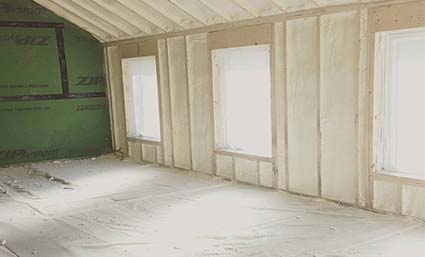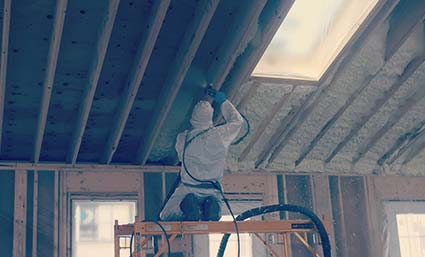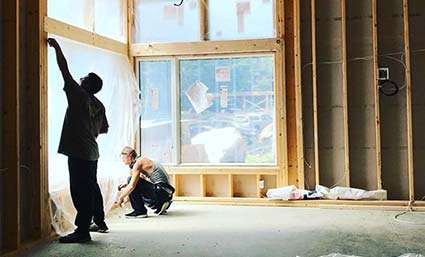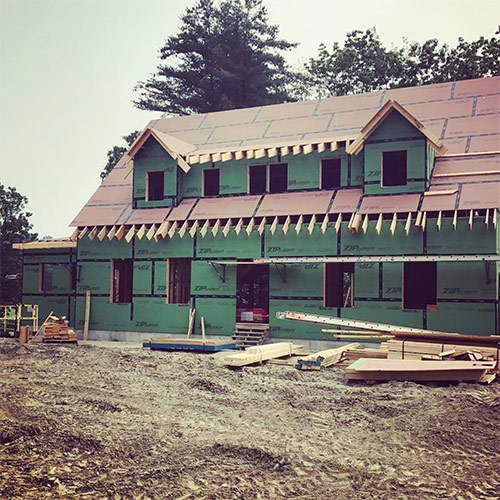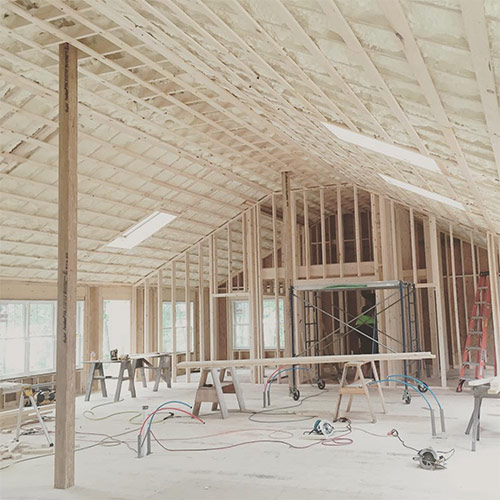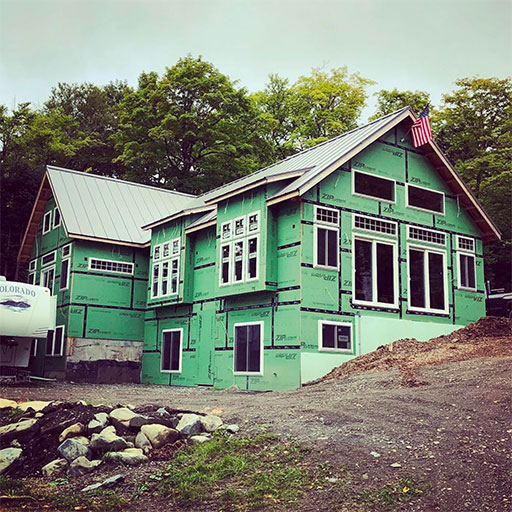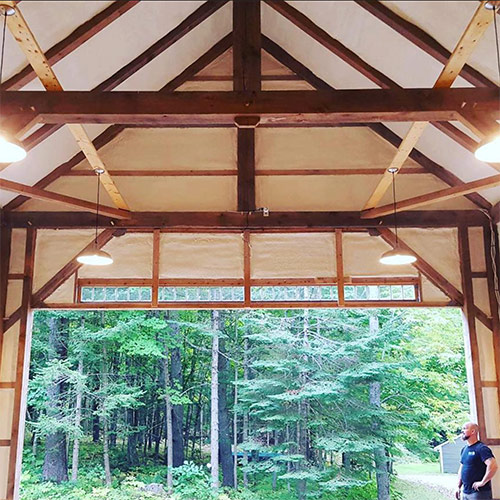Crawl spaces often play a behind-the-scenes role in your Maine home, but their importance should not be underestimated.
Though crawl spaces aren’t always accessible and are usually out of sight, maintaining a dry and mold-free crawl space is crucial for your home’s overall well-being. One effective way to achieve this is by installing a vapor barrier.
Many homeowners wonder if it’s possible to lay new plastic over the old vapor barrier as a cost-effective solution. But does this work? Are there any risks in this approach? In this blog post, we’ll dive into these questions and provide some insights.
Can Old Vapor Barriers Hold Unwanted Odors?
Crawl spaces are notorious for collecting all sorts of unpleasant odors, whether from the environment or within your home — such as the smell from sewer pipes and the dampness of the soil.
Another source of unwanted smells? Ranging from sewer smells to the mustiness of damp soil, old vapor barriers can trap odors that travel into rest of your home.
If you choose to leave an old vapor barrier in place and simply install a new one without a proper cleanup, these odors might get trapped. And guess what? Smells can find their way into your living space.
To avoid this issue, the best option is to remove the old barrier, give the area a good cleaning, and then install a fresh one.
Can Old Vapor Barriers Foster Mold Growth?
Old vapor barriers can trap mold. In fact, one of the most significant concerns when leaving an old vapor barrier in place is the risk of mold growth.
Mold loves moisture, and crawl spaces are known for harboring dampness. If the previous vapor barrier has suffered damage or allowed moisture penetration, it can become an ideal breeding ground for mold.
Unfortunately, you might not notice this problem until you start experiencing allergy-like symptoms, a moldy odor in your home, or even more severe issues.
To steer clear of mold troubles, always evaluate the condition of the old vapor barrier before adding a new one.
Debris Buildup & Mold: A Risky Duo
Old vapor barriers can trap debris, and debris can trap mold. As time goes by, crawl spaces tend to accumulate debris like leaves, dirt, and various other unwanted materials through the vents.
An existing vapor barrier can trap this debris, creating an uneven surface. When you lay a new vapor barrier over this mess, it can lead to pockets of moisture and gaps that mold loves.
For a successful vapor barrier installation, thorough debris removal and an even surface are key.
Double Trouble: Condensation Issues
Having two vapor barriers in place might seem like a good idea, but it can ultimately lead to condensation problems. The space between these two barriers can trap moisture, and where there’s moisture, mold can follow.
Condensation can form on any water-absorbent surface, creating an attractive environment for mold spores. Over time, this can result in mold spreading throughout your crawl space.
Stay away from combining two barriers can lead to trapped moisture, making it a cozy breeding ground for mold.
Ensuring a healthy crawl space is essential for a healthy Maine home. However, putting new plastic over an old vapor barrier is not a recommended approach. Whenever you embark on a vapor barrier installation, take the time to assess the condition of the existing barrier, clean up any debris, and ensure a clean slate. Leaving the old plastic in place can invite problems like mold growth, odor retention, debris entrapment, and condensation issues.
If you’re uncertain about the best course of action, don’t hesitate to seek professional advice. If you’re ready to learn whether your Maine home is ready for a new vapor barrier, get a free quote from Seal It Insulation Systems today!

